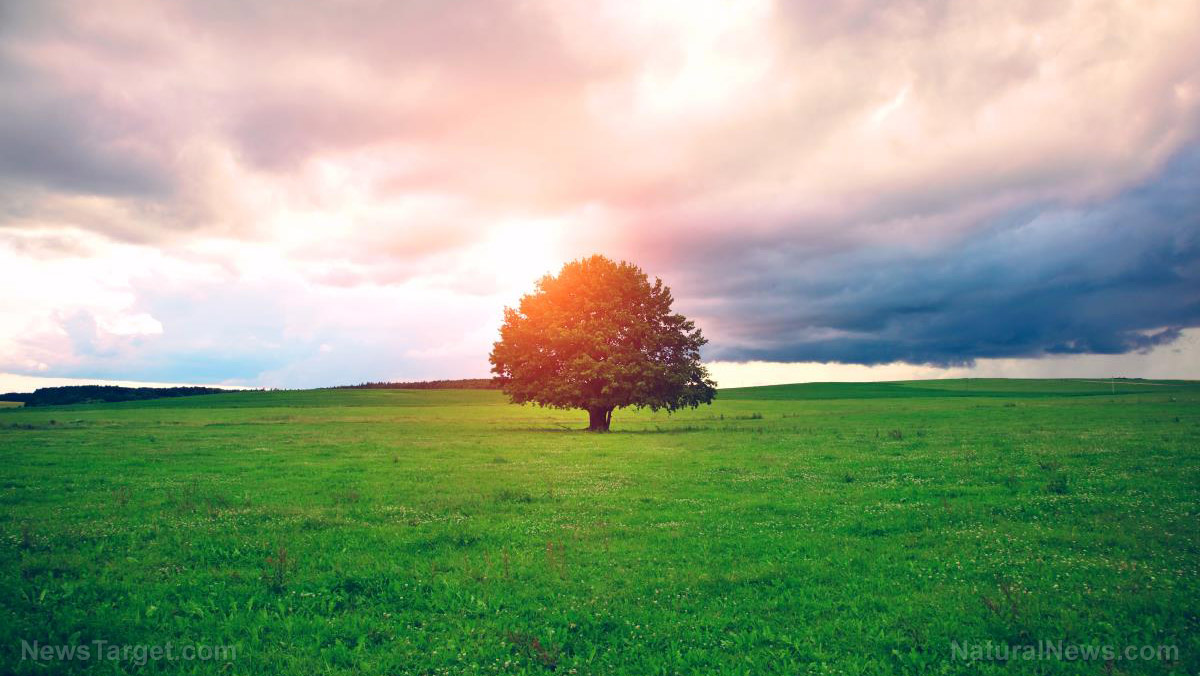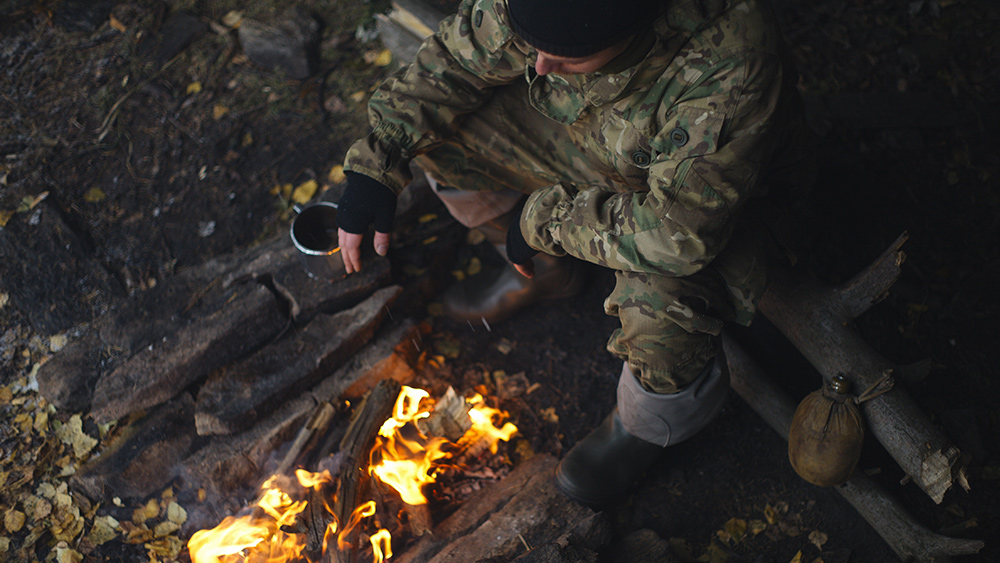Thursday, February 20, 2025
Home // Environment
10 North American trees every survivalist should know
07/10/2018 // Bridgette Wilcox // 7.5K Views

- Mulberry -- Many people will be familiar with the tree's sweet berries, which can be eaten raw, as a preserve, or even dried or powdered. What many people don't know is that the young shoots and unfolding leaves of most mulberry species can be used as food, raw, or cooked. The tree also has medicinal purposes, with its different parts catering to different ailments. The fiber from young stems can be used for weaving or making paper, while the leaves can be used to feed livestock.
- Basswood -- Also known as Linden, the leaves, flowers, and fruits of this tree can all be eaten. The flowers can also be made into a tea -- though too much of the flower can cause heart damage. At the same time, the tree has a sap that can be drunk or used as syrup. The inner bark from this tree can be boiled and turned into a fiber.
- Willow -- Fresh bark from this tree can be used as a natural painkiller for fever or headaches, while the stems are flexible enough to be used for weaving baskets and other such items. In particular, parts of the weeping willow can be eaten; the inner bark can be dried and ground and included in cereal or bread, while the young shoots and flower buds can be cooked.
- Walnut -- The nuts from this tree are not only edible, but delicious and nutritious. When de-hulled, dried, and stored in a cool place, walnuts can stay good for six months. Roasting them can extend that period. The nuts and husks also produce brown dye. Burning the husks on low oxygen turns them into coal, which can be used to filter water.
- Oak -- Oak nuts, more commonly known as acorns, can be eaten raw or cooked, and are packed with nutrients. When dried and ground up, they can also be used as a substitute for flour.
- Pine -- When it comes to sustenance, you can get a lot out of a pine tree. The seeds are edible, and the inner bark can sometimes be eaten raw or cooked, and can even be ground and used as a sauce thickener or included in bread. Fresh pine needles of many species can also be brewed into a nutritious tea, while boiling new shoots in syrup can make for tasty candy. Its resin can also be used to preserve or make items waterproof. Pine tar has medicinal uses, and is flammable, making it useful as a source of light.
- White Birch -- The sap can be made into syrup, beer, or vinegar, while the inner bark, young leaves, shoots, and catkins can all be eaten raw or cooked. The young leaves and root bark can also be brewed into tea. The outer bark can be used to make various tools and items such as cups, canoes, and buckets -- even protective eye gear to prevent snow blindness. The bark also burns easily, making it excellent for tinder.
- Cherry -- This tree is known for its sweet fruit, which can be eaten raw or cooked -- though most varieties have poisonous seeds. Extract from the tree's bark can also be used as a flavoring for food, while leaves can be used as green dye.
- Hackberry -- This tree's fruit, when crushed along with the seed, can be a great source of protein, fat, and carbohydrates when eaten. The fruit can keep for a long time, by storing it in a dry place, out of the sun.
- Honey Locust -- The wood of this tree is particularly valuable, being resistant to both rot and shock; making it an ideal material for fence posts or various tools. At the same time, the seed is edible when raw or cooked, and is a good source of protein and carbohydrates. The seedpods are edible when cooked, and their pulp can be eaten raw or turned into sugar. The seedpods are also good for feeding livestock.
If you have a trees around you, you can be assured that most of your basic needs will be covered, but more than that, these hardworking plants make the environment, and even people, less toxic. As TreePeople.org shared, trees are a wonderful air filter, absorbing nasty pollutants and odors from the air and trapping particles on their leaves and bark. They also moderate temperatures by providing shade from the sun and keeping the air cool through water vapor released from their leaves.
Read more articles on the best survival trees at GreenLivingNews.com.
Sources include:
Latest News
Related News
11/03/2023 / By Olivia Cook
10/09/2023 / By Zoey Sky
09/26/2023 / By Olivia Cook
09/25/2023 / By Olivia Cook
09/18/2023 / By Zoey Sky
08/30/2023 / By Ethan Huff
Comments are turned off by Brighteon.
Take Action:
Support Natural News by linking to this article from your website.
Permalink to this article:
Copy
Embed article link:
Copy
Reprinting this article:
Non-commercial use is permitted with credit to NaturalNews.com (including a clickable link).
Please contact us for more information.
Please contact us for more information.























